Mastering Stalls: How to Recognize, Prevent, and Recover Safely
Flight Training Central
MARCH 3, 2025
A wing will always stall at the same angle of attack; however, weight, and bank angle, power setting and load factor may change the speed or the pitch attitude at which the airplane stalls. Also, the weight in the airplane must be properly distributed and balanced. The test standards divide stalls into power off and power on.









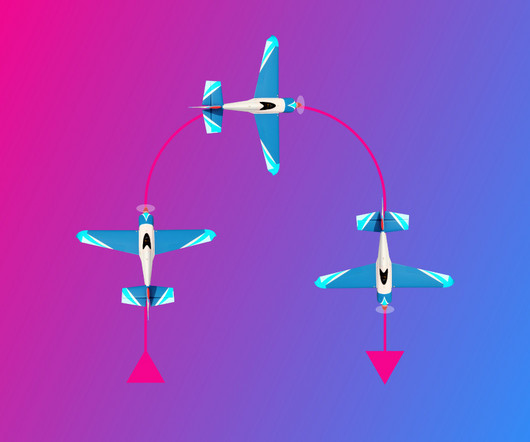

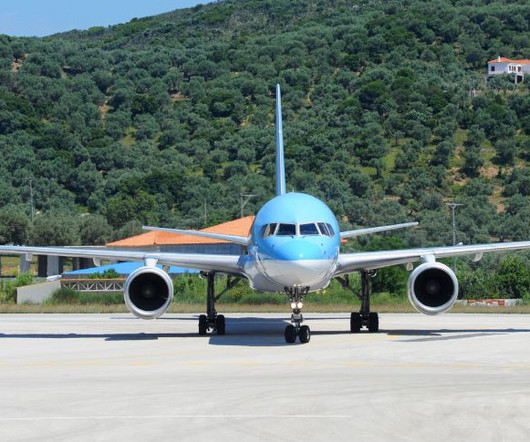
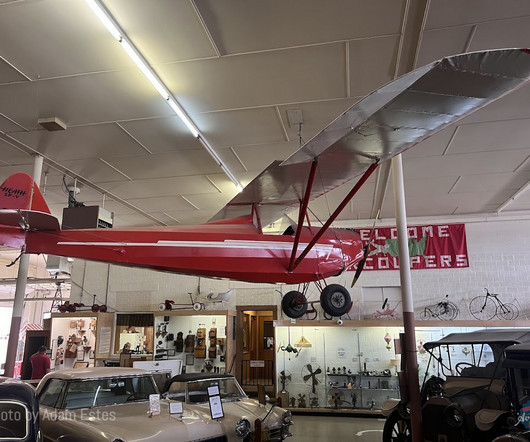






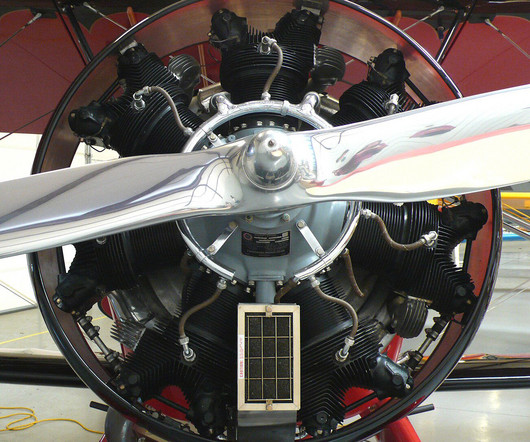


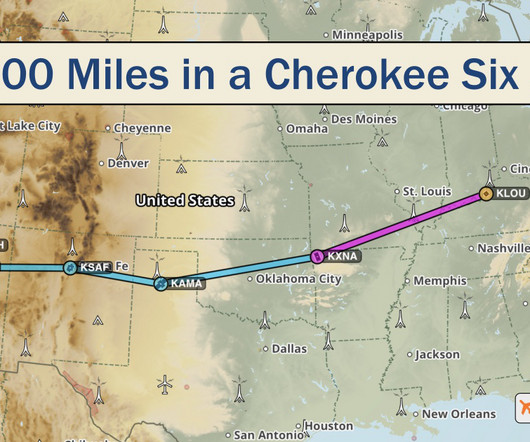


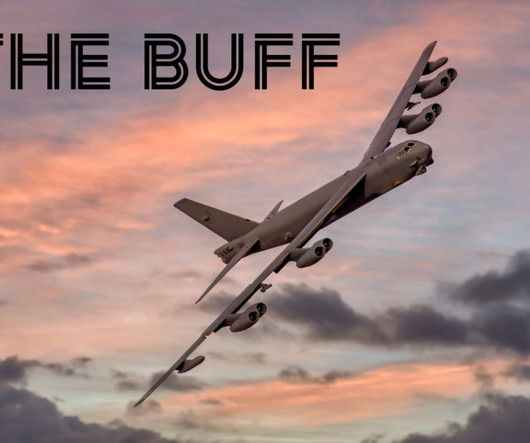


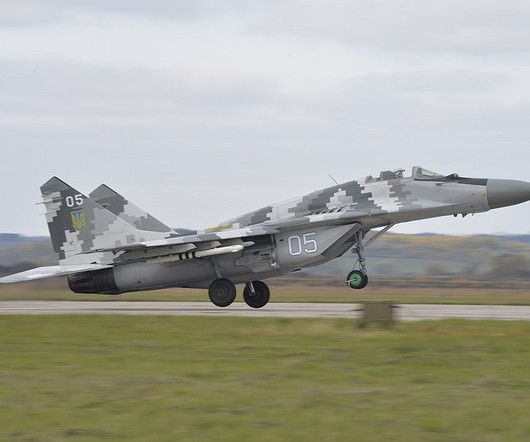






Let's personalize your content